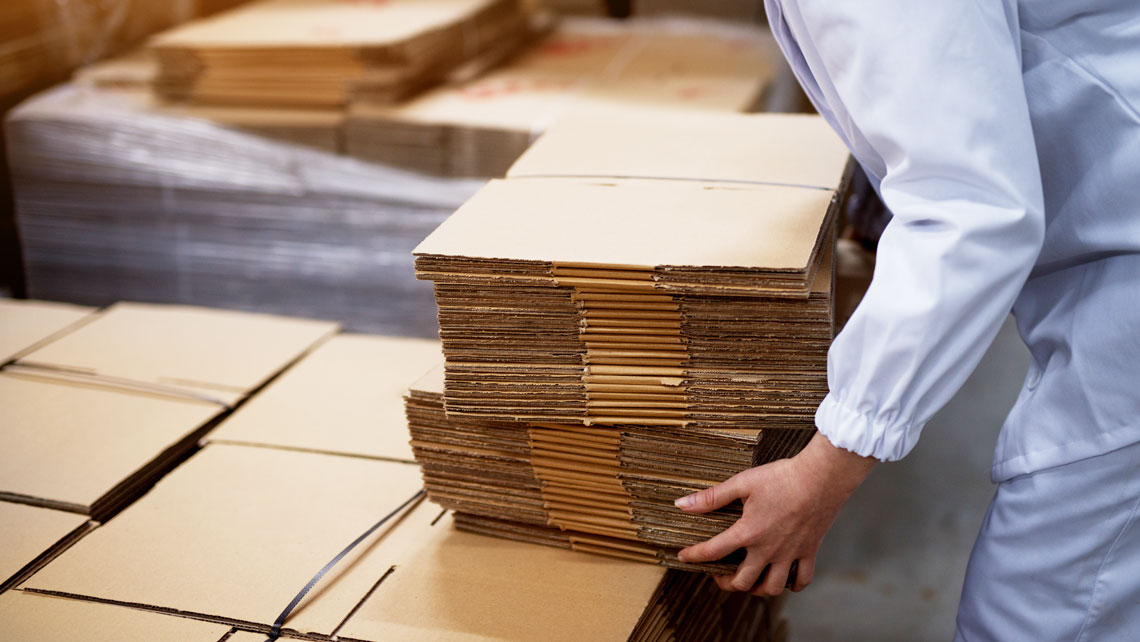As the speed of paper machines increases and recycled fibers are more and more used, the demands for retention and drainage performance and machine cleanliness increase as well. Kemira introduces quick inversion polymer technology that helps paper and board producers to tackle the challenges of modern papermaking.
Are you looking for ways to enhance the sustainability of your production? This playbook provides paper and board manufacturers insight and support on their way toward more sustainable production, lower environmental footprint, and fully biobased products.
A new paper machine start-up is a challenging and complex project. But if you choose your partners wisely, one thing you don’t have to worry about is the chemistry management.
Biobased alternatives to fossil-based chemistries are at the heart of the current sustainability discussion, but there’s more to consider than the raw material base when discussing sustainable solutions for the paper industry.
Dry strength chemistries play a key role in the effective and sustainable production of fiber-based packaging materials. In this webinar, our experts introduce new and developing biobased technologies for improving strength in paper and board.
An effective strength program can do much more for you than help achieve the desired strength properties for paper and board. Here are 5 ways to turn enhanced dry strength into value.
Our current network has more than 50 universities, research institutes and companies including special collaborations with our customers.
Our expert Gordon Bugg helps paper and board manufacturers in North America meet demand for recyclable, fiber-based packaging thanks to his deep understanding of barrier coatings.
For Elisabeth Lackinger-Csarmann, finding biobased alternatives to fossil-based raw materials in chemicals is a chance to add on to the renewable nature of paper and board materials. Developing new chemistry takes time, effort – and curiosity.
Strength is the most important quality characteristic for packaging board. As the use of recycled fibers as raw material in packaging grades increases, many board producers are facing challenges in meeting the strength targets. Why?
